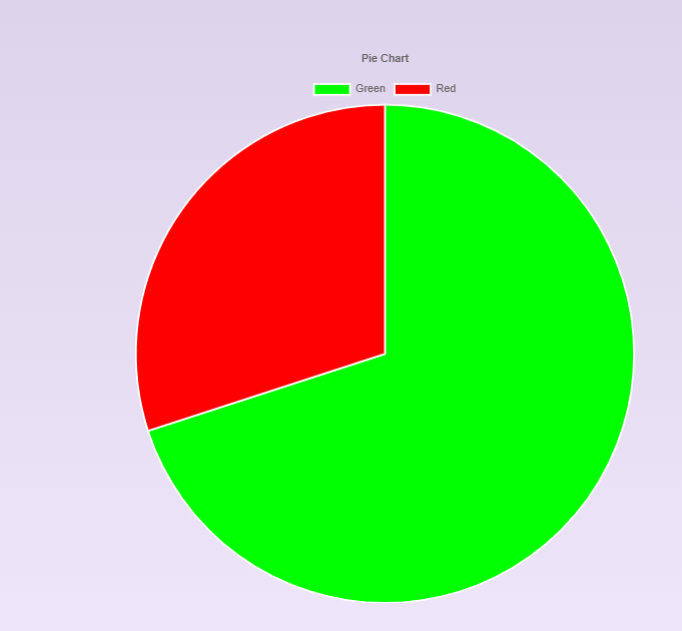Blog





The vagus nerve is a long and powerful nerve that connects the brain and gut together. It runs from the brain, passing and contacting the tongue, vocal cords, throat, heart, lungs, diaphragm, liver, spleen, large intestine, small intestine, pancreas and kidneys, ending as a ball of nerve endings in the stomach. Hence why it’s often referred to as the ‘wandering nerve’!
The vagus nerve largely contributes to the parts of the nervous system responsible for both the fight or flight and rest and digest responses. And as the vagus nerve connects with the lungs and diaphragm, means the way we breathe affects it. If the vagus nerve senses relaxed, slow breathing, it relays messages to the brain that everything is a-ok, and there’s no need to stress.
If the vagus nerve senses relaxed, slow breathing, it relays messages to the brain that everything is a-ok, and there’s no need to stress.
Whilst the science behind the nervous system runs deep and you could read about it for hours, there’s no substitute for first-hand experience. Simply put; we know what it feels like when we stimulate the vagus nerve, because we feel more relaxed. Think of the vagus nerve a little like your in-built de-stressor, available to engage with at any time. In a world where many of us are currently experiencing situations that could elicit anxiety and stress, it’s worth knowing how to work with the vagus nerve to bring your body into a state of balance, and empower yourself with your own healing tools.

zxcxzczxczxczxczxczxc

lots of fixtures on this year

Launching a new programme
Find out more about our whole school services and how we can work with your school by clicking the logo..
Sign up below or email office@future-pe.co.uk to arrange a discovery call
Sign Up